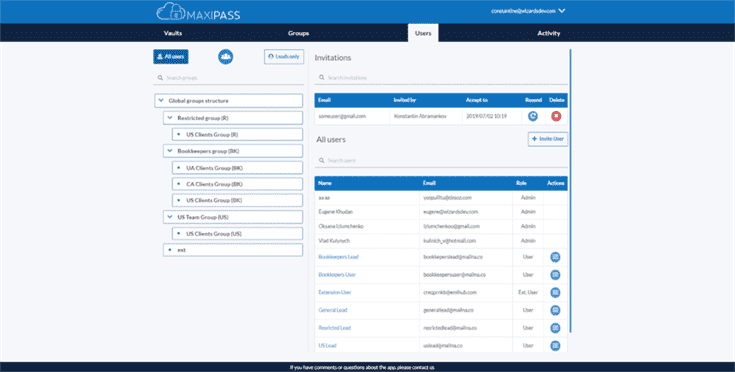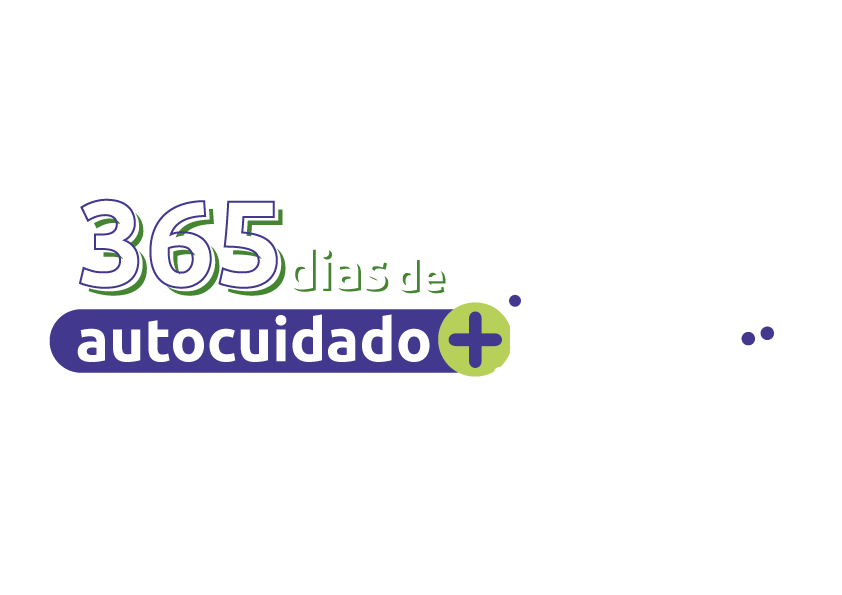While Asana has the edge in some aspects, Trello gives it a good run for the money. We’d recommend trying both out, and see which one works best for you. Whichever one you choose, your project management will improve significantly. Again, with Asana being very flexible in nature, leaving it up to the end-user to define tasks and projects, rather than restrict you into a particular mold, it is easy to set projects up in Asana. Moreover, it’s pretty cool to be able to not pay much (or anything) if you are a small team. A card-based approach is fine – yet, as the number of tasks/cards start to increase, Trello becomes a little bit unwieldy to handle.
Sadly, Trello’s most powerful strength is also its greatest weakness. If you have more complex projects that require a lot of work happening simultaneously over a long period of time, then Asana or Jira would be a better choice. Being a Kanban board, it also can’t offer much to support the other types of agile frameworks. This same user-friendliness and ease of use make it a favourite for various types of companies with a diverse range of needs. It’s especially useful to startup organisations as its free version supports unlimited users.
Jira
Developers challenged themselves to go back to the drawing board if the average user couldn’t figure out how to use a specific function with very little instruction. Trello is owned by Atlassian, the same company that owns Jira, so the support structure is very similar. Most of your issues will be solved by submitting support ticket forms; however, priority phone support is offered to Business Class and Enterprise users, which ensures a quicker response time. You’ll find it easy to incorporate and manage all of the standard project management steps using Trello. Like Trello, Asana is more of a collaboration tool meant for internal projects that don’t require any financial management. It wasn’t because I was longing to use Asana (despite how great it is), but because Trello was so user-friendly, just like its competitor.
To track the progress and completion rate of pulses, you can visit your task manager. It also offers action boards that reveal the status of each task. Both Asana and monday.com make it easy to organize projects, manage tasks and generate reports to see at a glance the data your company needs to make informed decisions. To determine the right software, look at the integrations and features of each service and compare them to the goals your team needs to achieve. Both Asana and Notion facilitate some creative collaboration through their project management features—you can communicate with team members about projects through comments on tasks.
Are there different types of project management methods?
Asana also supports third-party apps like Twitter, Dropbox, Instagram, Pinterest, and others. Additionally, it also allows implementing other applications’ data into Asana. The software tool also offers a native application for Android and iOS, along with a completely functional mobile site that you can access on any device. The software system helps you track a continuing project at any stage.

Still, if you only need kanban boards, Trello’s free plan is a no-brainer. If you like reports and need native time-tracking tools, there’s only one option between Trello and Asana. Again, both platforms do have reporting features, but Asana’s reports are far more advanced than Trello’s. If you need time-tracking, Asana is the only platform here that offers native tools that can track time spent on specific tasks and more. Our team of experts has reviewed dozens of project management platforms, including Trello (here’s our Trello review) and Asana (check out our Asana review).
Managing dependencies with leads and lags in project…
Learning about the pros and cons of different apps helps us make our own team chat. However, as we’ve designed a built-in task manager for Chanty, we became keen on some great project management tools, like Trello and Asana, which resulted in this review. Trello is good for individuals or small businesses with tasks that go through a similar process. Small businesses that just need a basic tool and prefer a visual Kanban approach to project management are likely to appreciate the simplicity of Trello.
- The Jira tool supports desktop and on-premise systems, along with assisting remote teams in diverse locations.
- Additionally, some users comment on how advanced reporting and analytics could be expanded.
- In this project management software, a user can have a tree-like Jira dashboard.
- Like the rest of its plans, however, Asana has more features, especially ones that larger businesses will benefit from.
- All you have to do is enter your email address on the homepage, click the “Sign up — it’s free” button, enter some additional information, and you’re off.
While it’s unfastened to begin, that’s most effective for 2 people. You can use a vast quantity of boards, but with hardly ever any of the great features, like unique views, that make this software so specific. That monthly rate rises to $12.50 for anyone if you will alternatively pay month to month. Asana is a flexible task control software that may help organize your assignments, preserve correct records, and effectively manipulate all initiatives below one software. This software program facilitates getting rid of the to-and-fro e-mail communique and, as a substitute, creates a centralized dashboard to communicate thru notifications.
Who is Asana for?
The Trello board allows you to see the project and various stages with all stakeholders involved. You can switch from the board to other views that include a timeline, table, calendar, map, and dashboard in Premium and Enterprise versions, giving a better picture of project progress. The choice between Asana or Trello comes down to specific team needs. For smaller teams that are looking for a simple, visual, kanban-style of project management, Trello might be a good fit. However, for larger teams that need more niche features, such as task dependencies, Asana might be a better fit.

The free version is limited to cloud users only and does not have dedicated customer service. As one moves up in the priced plans, features increase exponentially. Jira began as a project management tool for software developers, therefore it works best for teams that rely on Agile methodologies in project management. It allows for a large number of integrations so the users can easily integrate with other software packages. Jira users can also select hundreds of add-ons in the Atlassian marketplace to further customize their experience. Trello was one of the first project management apps which took a drastically different approach to the work process.
Integrations and Automations
In this post, we’ve compared Trello and Asana side-by-side to save you time while shopping around. We’ll also look at another project management platform, monday.com, trello software development and see how it merges the best of both Trello and Asana. Asana users can also use premade templates to get the automation ball rolling quickly.

Duncan (BA in English Textual Studies and Game Design) is an Australian-born senior writer for Tech.Co. His articles focus on website builders, and business software that allows small businesses to improve their efficiency or reach, with an emphasis on digital marketing or accounting. He has written for Website Builder Expert and MarTech Series, and has been featured in Forbes. In his free time, Duncan loves to deconstruct video games, which means that his loved ones are keenly concerned about the amount of time he spends looking at screens. At a glance, you can tell that Trello has fewer features and tools than Asana, but this isn’t necessarily a fatal blow for Trello.
Data backup
If we have to name a weakness, its collaboration features could be improved, as there is no team instant messenger or an online whiteboard, but these are small gripes. Asana’s first paid plan, the Premium Plan ($10.99 per user, per month), is geared toward small to mid-sized teams. Project management software offers solutions to help you manage your projects efficiently. Within this software, you can create tasks, and add details to them, along with specific instructions.


